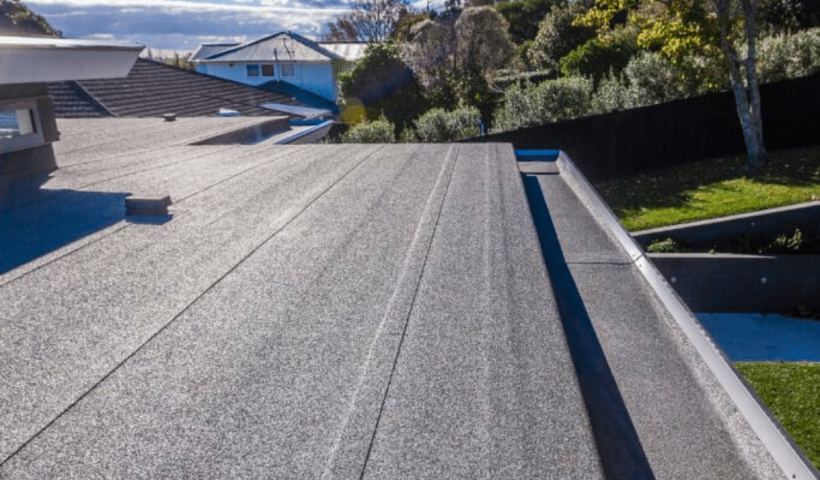 NEW
NEW
As a supplier of materials used for waterproofing and preventing leaks, Allco is also typically involved in the investigation and remediation of leak problems. This experience has given Allco an understanding of the most common causes of leaks and how leakage problems can be minimised or avoided altogether. Below are the top five issues that are most often the main causes of leaks:
1. Joint sealant absence or inadequate installation
The product is either not installed at all or is installed without adhesive, without proper joint preparation, with inadequate concrete coverage, or is physically damaged prior to covering. It is a common misconception that joint sealant is superfluous because the waterproofing membrane is already protecting the structure anyway. However, this reasoning fails to recognise that the joint sealant is located precisely in those locations where the membrane is most likely to become damaged like the wall/slab joint, which is a common area for leaks to occur. This area is known to be the sloppiest, most debris-laden area within any waterproofing project. The same issues exist on an under slab or wall application where a “tail” of the membrane may be exposed between concrete pours. The membrane can be damaged during this exposure period, necessitating the proper function of a joint sealant.
Solution: Ensuring proper installation of joint sealants such as CETCO Waterstop RX combined with the correct adhesive, and making sure the membrane is not damaged prior to pouring concrete.
2. Poor backfilling of soil against membranes
Although the membrane itself may be installed well on a freestanding wall application, the placement of backfill remains critical to the success of the system. This task is often left to earthworks contractors with little knowledge of or concern for the waterproofing membrane. Consequently, they may use improper materials (large rocks or construction debris) which can damage the membrane. They may not compact the backfill in lifts, allowing voids to occur which can threaten seam integrity as well as not covering the membrane all the way to the termination, allowing deterioration of exposed areas.
Solution: Proper backfilling (as described in the Allco Technical Backfill Document) is extremely important. Make sure earthworks contractors knows their responsibilities. Use project inspectors to monitor the backfilling process and make sure to specify the materials to be used for backfill in the project.
3. Improper terminations of the waterproofing membrane
The membrane is often not terminated with a secure mechanical and hydraulic seal. Dirt and debris can fall behind the membrane during and after backfilling, allowing water from above to flow into these openings causing apparent leaks inside the structure.
Solution: Construct terminations with termination bars and accessories like sealing mastic. Monitor the backfilling process to prevent damage to terminations and ensure backfill extends above termination and that tie-ins to the building envelope are completed according to plan.
4. Poor detailing and lack of sealant products
This category covers a wide range of installation defects but can be summarised with the broad statement that wherever the membrane is penetrated is a common source of leakage. These areas include wall/floor joints, column transitions, tiebacks and pipe penetrations. Leaks often occur in these areas when the membrane system is penetrated after it has been installed.
Solution: Ensure proper details are executed according to project-specific plans. Ensure all details have adequate accessories and joint sealants such as CETCO Bentoseal and CETCO Waterstop RX are used, paying extra attention to areas that are susceptible to leakage.
5. Lack of communication
Communication among key parties involved in the application of the waterproofing system is key. Often there is a failure to hold pre-construction meetings and ongoing status meetings to address specific issues and identify areas of responsibility for different aspects of the project that affect the waterproofing system. This lack of communication results in a wide variety of problems that can ultimately cause leaks. Inadequate site conditions provided by general contractors can be also an accruing problem.
Solution: Project specifications must include waterproofing pre-construction meetings, to be attended by general contractor, earthworks contractor, waterproofing applicator, inspector, and architect/engineer at a minimum. These individuals should review project details and coordinate the waterproofing work with other site work.
Repairing leaks
Addressing these known trouble areas at the outset of a project will dramatically reduce the potential for problems. Leaks are avoidable if proper preventative measures are taken, however, if water ingress becomes present, although not ideal, in many cases, these situations can be repairable.
We advise that a process of elimination is carried out prior to undergoing remedial works and once all else has been eliminated, only then repair works can start. Here are some of the most straightforward ways to resolve leak issues:
- The best way to treat a leak is to get it from the positive side but this can be a very costly process and in most cases too late, so the best next option would be to treat it from the negative side. This can be done in several ways depending on the type of leak. Note: When water is stopped from the negative side, it must find another way out, forcing the water to the original drainage or worst-case scenario to another area of the wall/crack requiring further work.
- Rising dampness visible through the wall can be treated with a negative membrane.
- Cracks/cold joints can be treated with numerous injectable grouts which when injected through the ports it reacts with the water and expands to seal the crack.
- Big voids behind walls can be addressed with injectable bentonite grout.
To learn more about Allco’s products or get assistance with a project, specification or compliance please get in touch with the Allco team on 09 4481185 or email [email protected]













 Case Studies
Case Studies








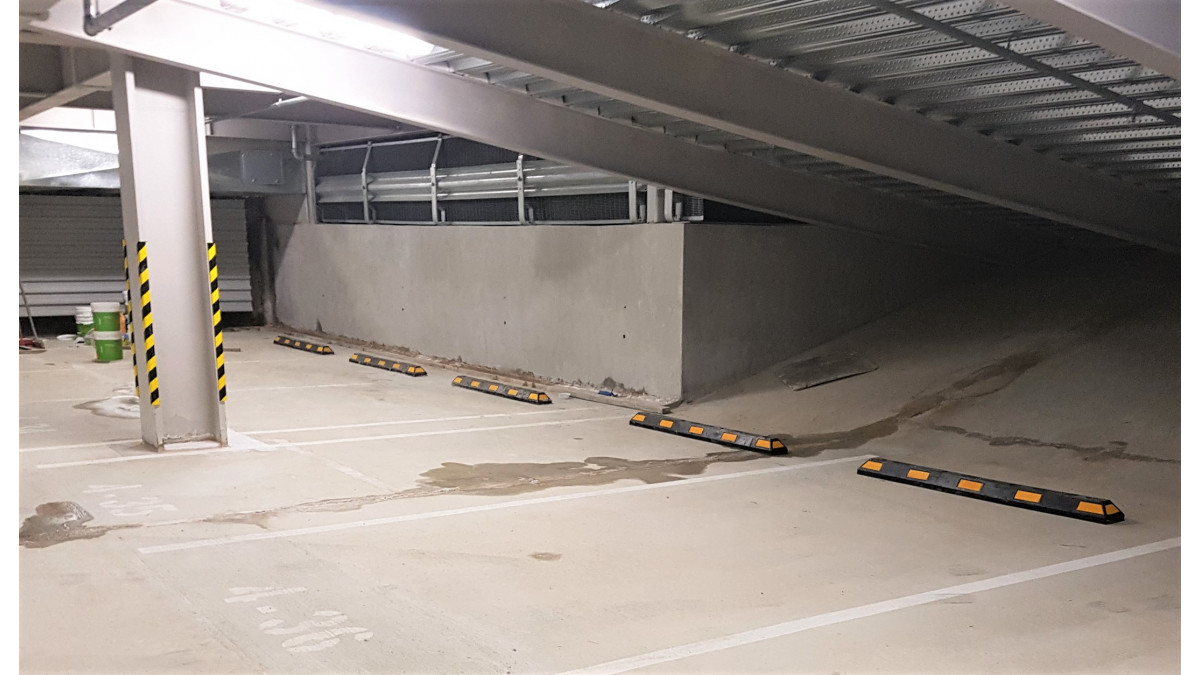
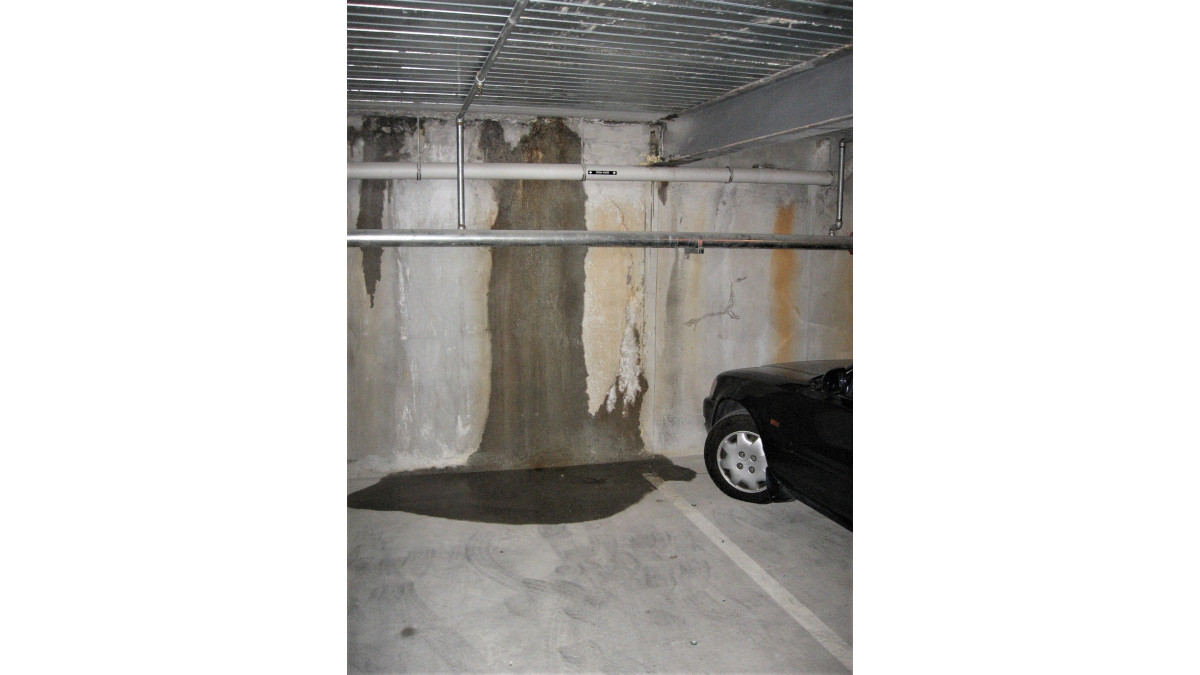
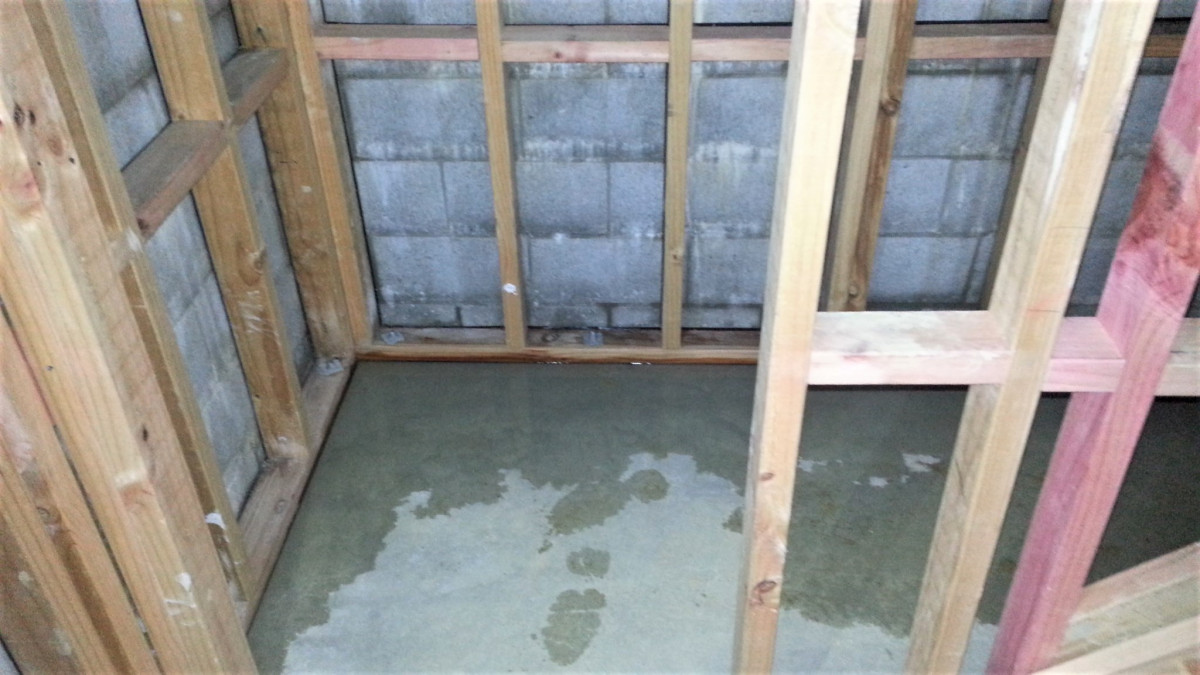


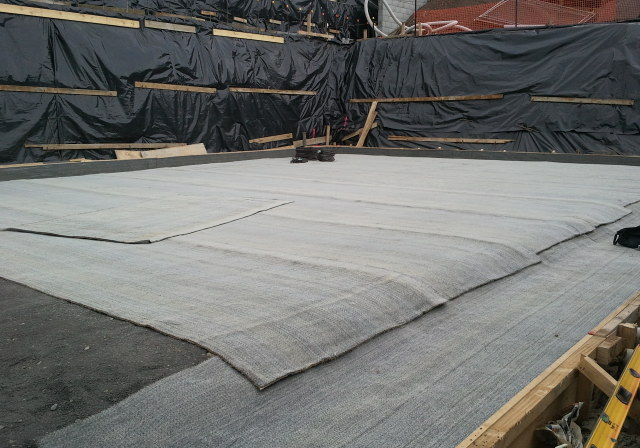

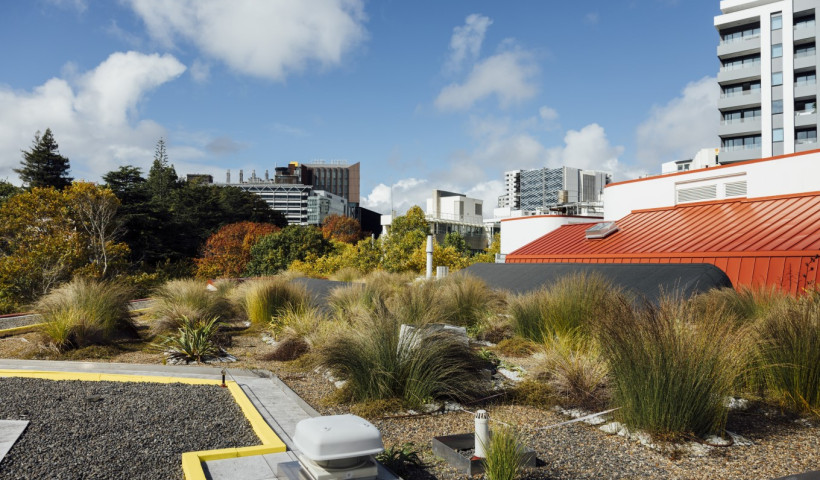
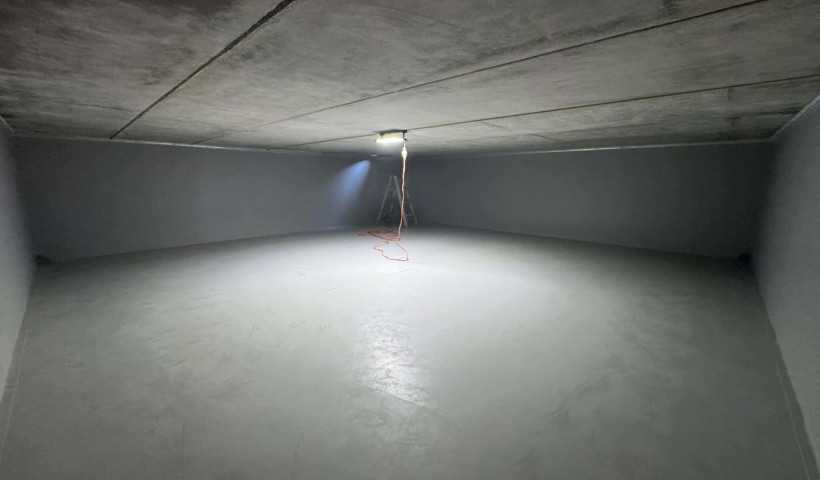
 Popular Products from Allco Waterproofing Solutions
Popular Products from Allco Waterproofing Solutions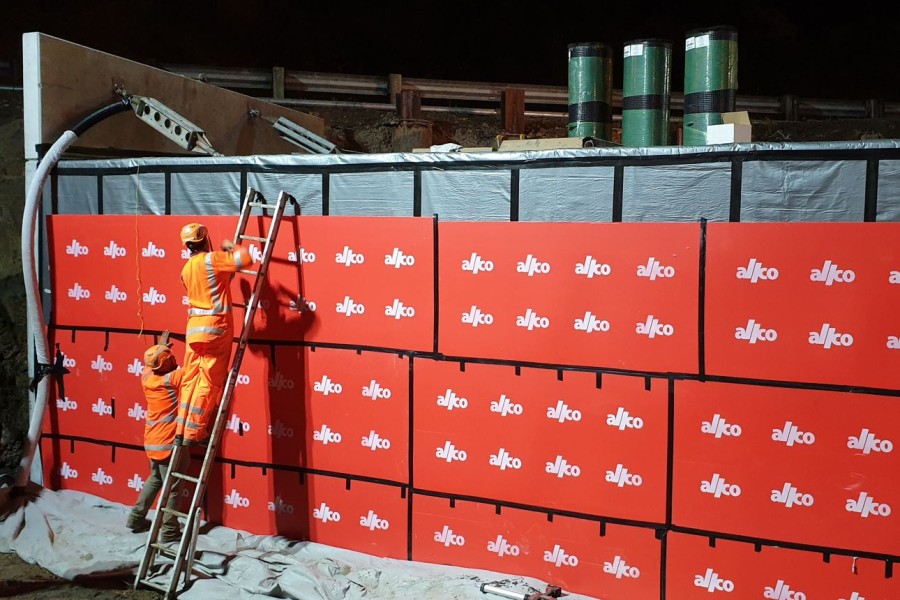


 Posts by Allco Technical
Posts by Allco Technical
 Most Popular
Most Popular


